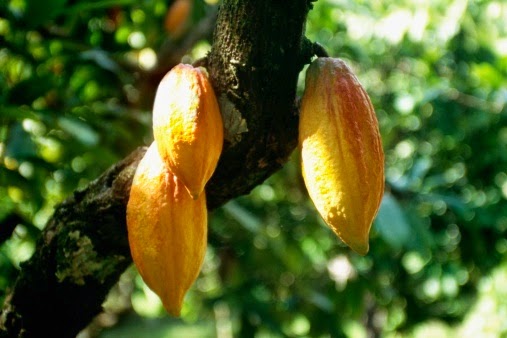Keith Campbell, a prominent biologist who worked on cloning Dolly the sheep, died at 58, the University of Nottingham said Thursday. Campbell, who had worked on animal improvement and cloning since 1999, died October 5, 2012, University spokesman Tim Utton said. He did not specify the cause, only saying that Campbell had worked at the university until his death.
He began researching animal cloning at the Roslin Institute near Edinburgh in 1991. In 1996 the experiments led to the birth of Dolly the sheep, the first mammal to be cloned from an adult cell.
The sheep was named after the voluptuous singer Dolly Parton. Researchers at the time said that the sheep was created from a mammary gland cell, and that Parton offered an excellent example.
The creation of the sheep captured the public imagination and instantly became a scientific sensation. The experiments drew not only admiration but also anger from some who raised questions about the ethics of cloning. Animal rights activists were outraged, while the church of England expressed reservations. Dolly was put down in 2003 after she developed a lung disease. Campbell's interest in cellular growth dated back to his college days studying microbiology in London.
He began researching animal cloning at the Roslin Institute near Edinburgh in 1991. In 1996 the experiments led to the birth of Dolly the sheep, the first mammal to be cloned from an adult cell.
The sheep was named after the voluptuous singer Dolly Parton. Researchers at the time said that the sheep was created from a mammary gland cell, and that Parton offered an excellent example.
The creation of the sheep captured the public imagination and instantly became a scientific sensation. The experiments drew not only admiration but also anger from some who raised questions about the ethics of cloning. Animal rights activists were outraged, while the church of England expressed reservations. Dolly was put down in 2003 after she developed a lung disease. Campbell's interest in cellular growth dated back to his college days studying microbiology in London.




 Unknown
Unknown











